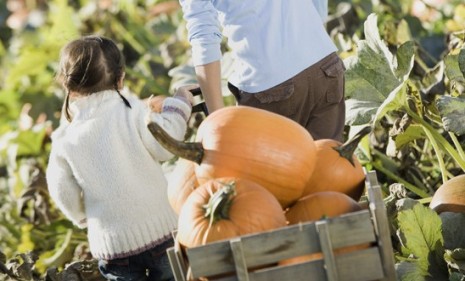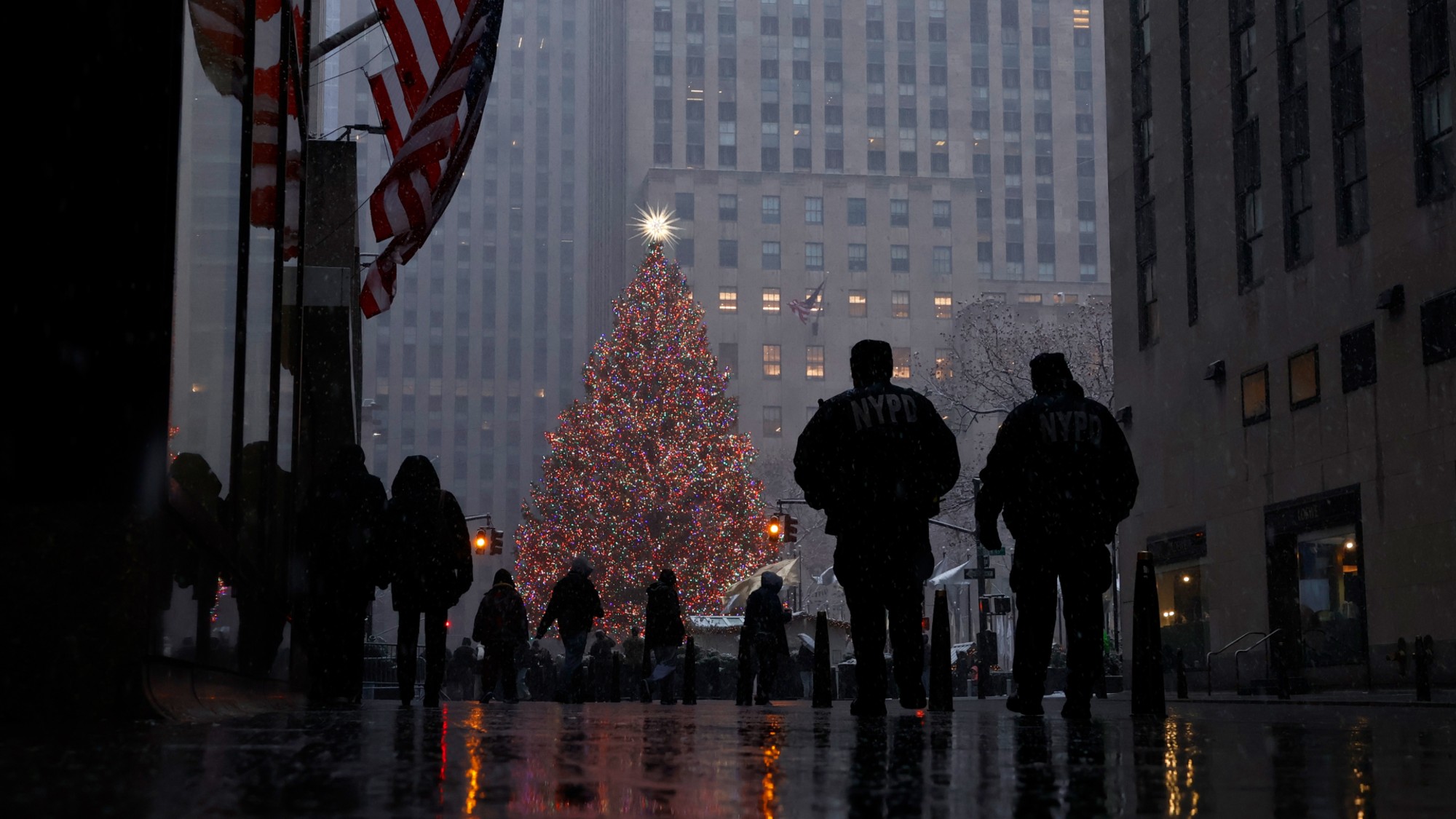The 'Great Pumpkin Shortage' of 2011
Halloween might be a little less festive this year for many would-be Jack-o-lantern carvers. Here's a gloomy guide

In case you were running out of things to fret about: Much of the eastern United States is facing a major shortage of pumpkins. From the Midwest to the Atlantic seaboard, and all the way up into Canada, severe weather, disease, and other factors have combined to make this a terrible year for pumpkin-picking. Here, a guide to the "Great Pumpkin Shortage":
What exactly caused this year's pumpkin shortage?
Three main factors: First, Heavy rains in spring and early summer — and subsequent flooding — delayed the planting season for some pumpkin farmers. Second, an outbreak of a fungus called phytophthora that thrives in wet conditions wiped out many pumpkin patches. Finally, Hurricane Irene dealt a pivotal blow to pumpkin growers: One farmer in upstate New York "saw his entire crop, about 15,000 to 20,000 pumpkins, washed into Lake Champlain," says the Associated Press.
The Week
Escape your echo chamber. Get the facts behind the news, plus analysis from multiple perspectives.

Sign up for The Week's Free Newsletters
From our morning news briefing to a weekly Good News Newsletter, get the best of The Week delivered directly to your inbox.
From our morning news briefing to a weekly Good News Newsletter, get the best of The Week delivered directly to your inbox.
Will unscrupulous people start hoarding pumpkins?
It’s possible: "Pumpkin profiteering" has been reported in some areas, and wholesale prices have doubled, according to farmers in the Northeast. As a result, consumers will find pumpkins more expensive. The shortage could have a serious financial impact on farmers who depend on late crops like pumpkins, and on those who run tourist attractions built around pumpkin-picking.
What should consumers do?
First, "get your pumpkins early," says Long Island pumpkin farmer Jim Stakey. But if you can't find one, try carving an "altern-o-lantern" this Halloween: Squash-o-lanterns, watermelon-o-lanterns, and apple-o-lanterns are all viable options, says Edith Zimmerman at The Hairpin.
A free daily email with the biggest news stories of the day – and the best features from TheWeek.com
Sources: Associated Press, Riverfront Times, The Hairpin, TIME
-
 How climate change is affecting Christmas traditions
How climate change is affecting Christmas traditionsThe Explainer There may be a slim chance of future white Christmases
-
 The MAGA civil war takes center stage at the Turning Point USA conference
The MAGA civil war takes center stage at the Turning Point USA conferenceIN THE SPOTLIGHT ‘Americafest 2025′ was a who’s who of right-wing heavyweights eager to settle scores and lay claim to the future of MAGA
-
 The 8 best drama movies of 2025
The 8 best drama movies of 2025the week recommends Nuclear war, dictatorship and the summer of 2020 highlight the most important and memorable films of 2025